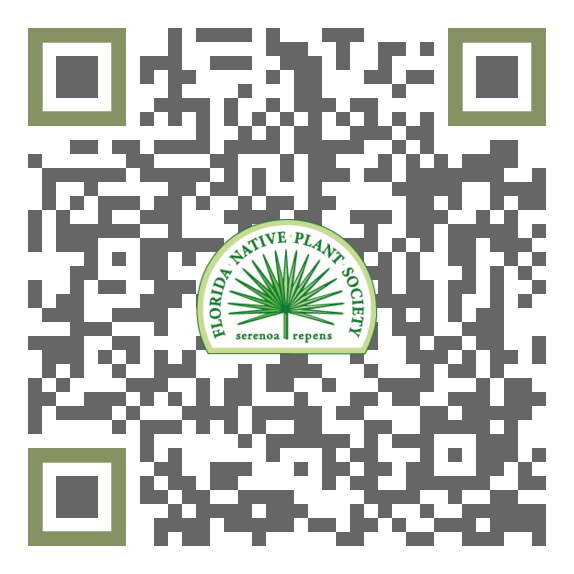FNPS Plant Database
Phlox divaricata
Nomenclature
Common Name:
Synonym(s):
Genus species:
Family:
Polemoniaceae
Plant Specifics
Form:
Size:
Life Span:
Long-lived perennial
Flower Color:
Fruit Color:
Phenology:
Noted For:
Landscaping
Recommended Uses:
Considerations:
Availability:
Propagation:
Light:
Moisture Tolerance:
Always Flooded---------------------------------Extremely Dry
□□□□□□□□□□□□□□□□□□■■■■■■■■■■■■■■■□□□□□□□□□
Somewhat moist, no flooding -to- Short very dry periods
Salt Water Flooding Tolerance:
Unknown
Salt Spray/Salty Soil Tolerance:
Low/no tolerance of salty wind or direct salt spray
Soil or Other Substrate:
Sand, Loam, Lime Rock
Soil pH:
Suitable to Grow In:

USDA zones are based on the average annual extreme minimum winter temperature.
Don't know your zone? Click here to search by zip code.
Ecology
Wildlife:
Attracts butterflies and bees -- only butterflies and long-tongued bees can reach the nectar but other insects are attracted to the flowers andn may feed on the pollen. Butterflies are the most effective pollinators. Phlox is self-incompatible and cross-pollination is required.
Native Habitats:
Natural Range in Florida:
Visit the USF Libraries Atlas of Florida Plants
Comments:
Ethnobotany:
General Comments:
Citations:
Florida Plant Atlas. 2021. https://florida.plantatlas.usf.edu/Plant.aspx?id=3437.
Hammer, Roger. Complete Guide to Florida Wildflowers, A Falcon Guide, 2018 p. 64.
Huegel, Craig, N. 2012. Native wildflowers and other ground covers for Florida landscapes. University Press of Florida, Gainesville, FL.
Nelson, Gil. 2005. East Gulf Coastal Plain Wildflowers , Globe Pequot Press, p. 60.
Taylor, Walter K. 2013. Florida Wildflowers: A Comprehensive Guide, University Press of Florida, p.108
Wikipedia. 2021. https://en.wikipedia.org/wiki/Phlox_divaricata.
Wunderlin, R. P., B. F. Hansen, A. R. Franck, and F. B. Essig. 2021. Atlas of Florida Plants (http://florida.plantatlas.usf.edu/). Institute for Systematic Botany, University of South Florida, Tampa.








